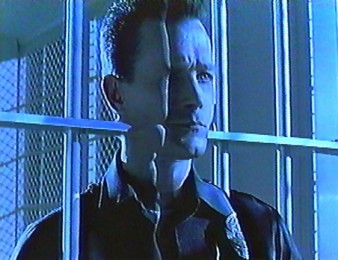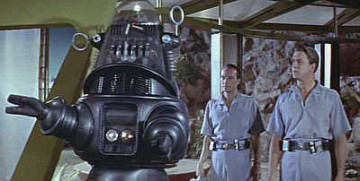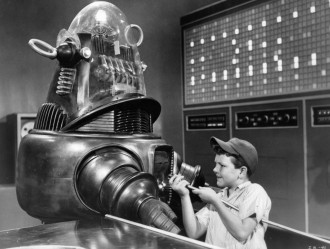 Boffins, who clearly have never seen any Terminator movie, have come up with an indestructible robot which is also super soft.
Boffins, who clearly have never seen any Terminator movie, have come up with an indestructible robot which is also super soft.
Also indicating that they never saw any 1980s slasher flims they have made it soft, like a child’s soft-toy thus creating Terminator chucky.
Of course, that is not what Harvard’s School for Engineering and Applied Sciences and the Wyss Institute for Biologically Inspired Engineering are calling it. They are proud that “the world’s first untethered soft robot” can stand up and walk away from its designers, can walk through snow, fire and even be run over by a car.
They think that such robots might one day serve as a search and rescue tool following disasters, not create disasters by trying to take over the world.
A team of researchers that included Kevin Galloway, Michael Karpelson, Bobak Mosadegh, Robert Shepherd, Michael Tolley, and Michael Wehner scaled up earlier soft-robot designs, enabling a single robot to carry on its back all the equipment it needs to operate — micro-compressors, control systems, and batteries.
Tolley , a research associate in materials science and mechanical engineering at the Wyss Institute and the study’s first author, said that the earlier versions of soft robots were all tethered, which works fine in some applications.
One of the hardest things for the researchers was challenging people’s concept of what a robot has to look like.
“We think the reason people have settled on using metal and rigid materials for robots is because they’re easier to model and control. This work is very inspired by nature, and we wanted to demonstrate that soft materials can also be the basis for robots.”
The robot is a half-meter in length and capable of carrying as much as 7½ pounds on its back. Giving the untethered robot the strength needed to carry mechanical components meant air pressures as high as 16 pounds per square inch. To deal with the increased pressure, the robot had to be made of tougher stuff.
They used a “composite” silicone rubber made from stiff rubber impregnated with hollow glass microspheres to reduce the robot’s weight. The robot’s bottom was made from Kevlar fabric to ensure it was tough and lightweight. It is very important to have a touch and lightweight bottom.
Researchers tested the robot in snow, submerged it in water, walked it through flames, and even ran it over with a car. It could not be killed.
The researchers think that because the robot is soft and cuddly, humans are more likely to interact with it and it opens up many more opportunities.
 A survey of more than 5,000 adults in six countries found that messaging and chatbots are becoming widely used, with nearly two-thirds of consumers worldwide saying they’d like the ability to message with brands.
A survey of more than 5,000 adults in six countries found that messaging and chatbots are becoming widely used, with nearly two-thirds of consumers worldwide saying they’d like the ability to message with brands.










